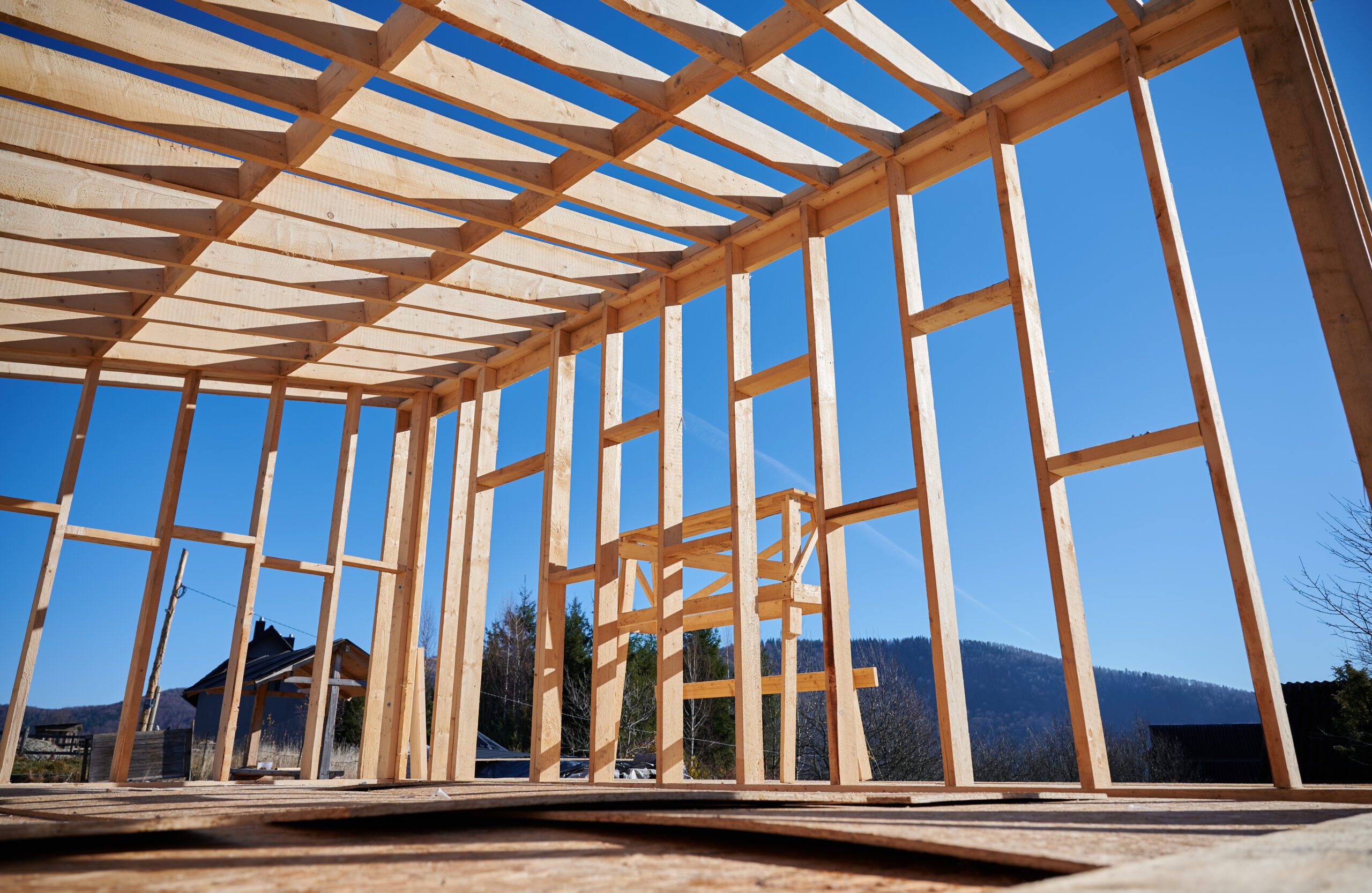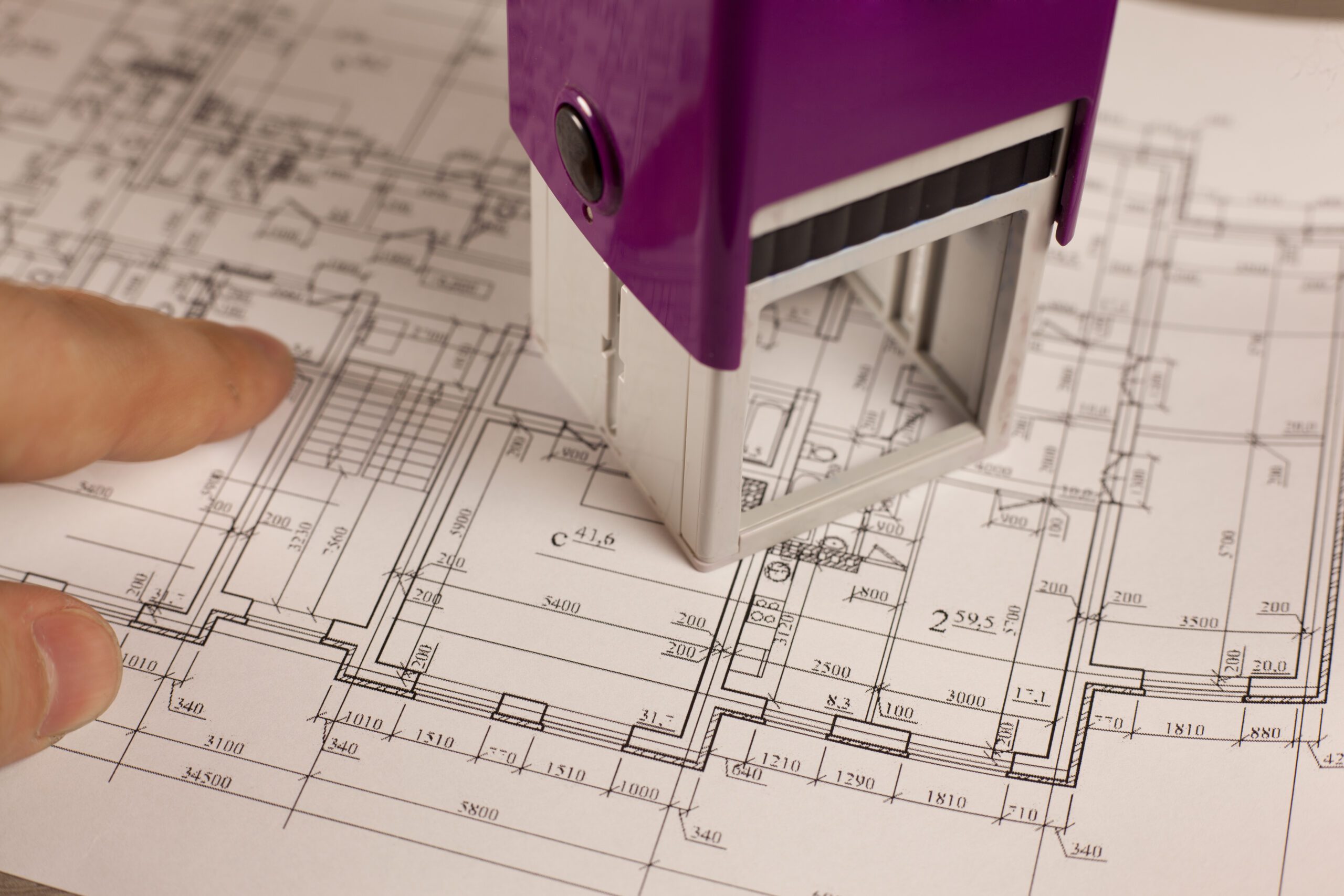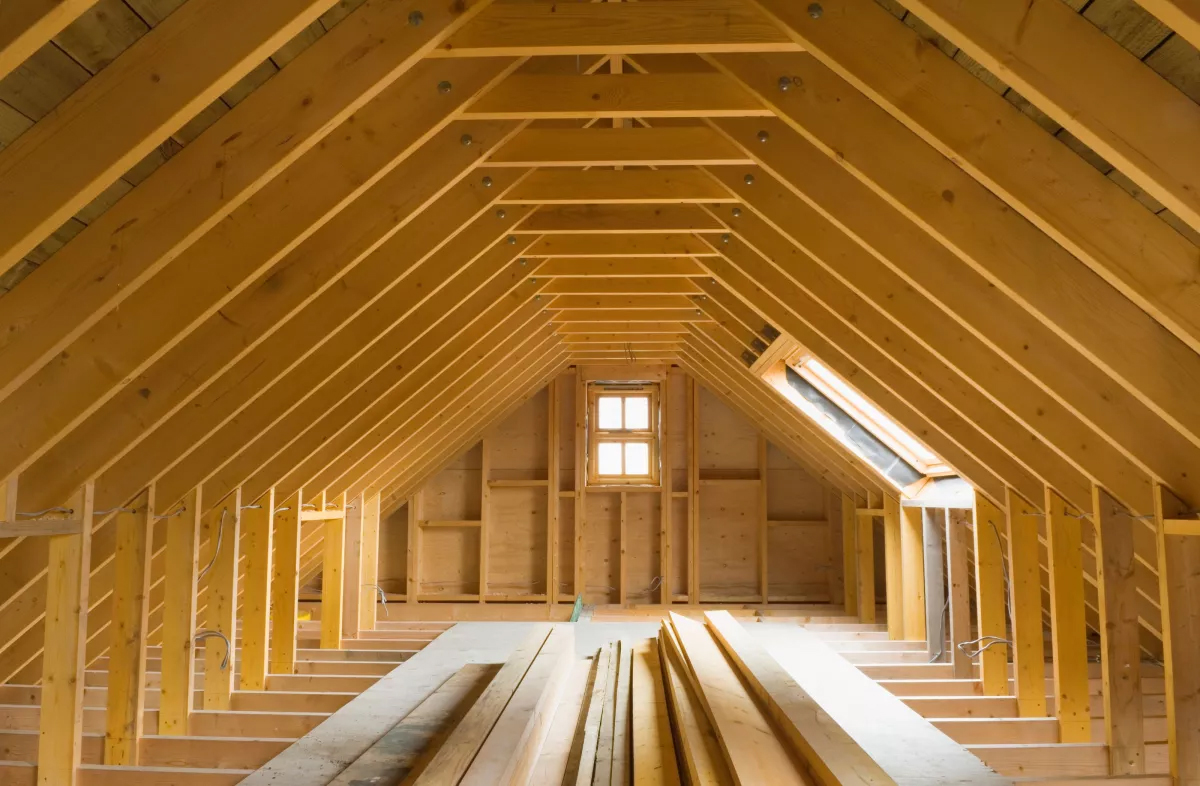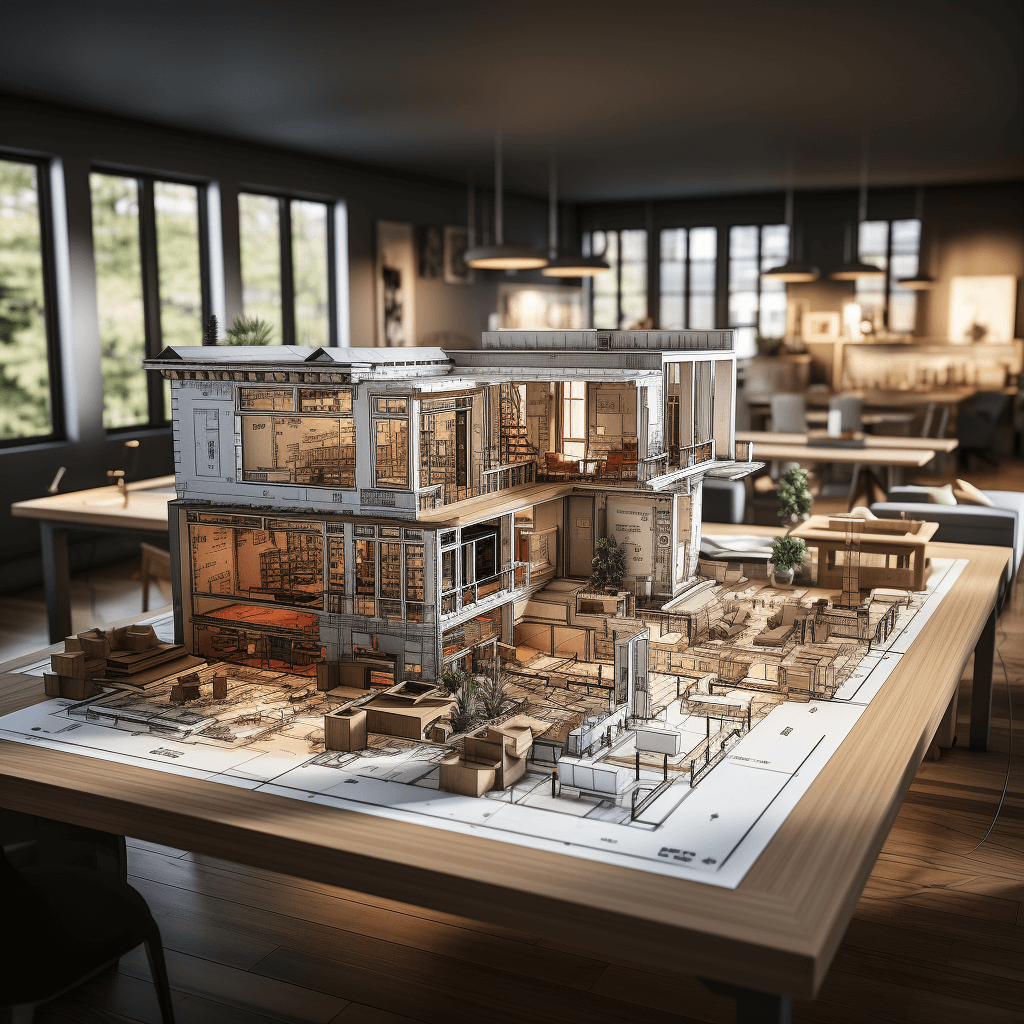Working from Home: Plan Your Perfect Home Office
Unraveling the Mystery of The Air Source Heat Pump
Sustainable Working
Looking for an Architect?
Understanding SAP 11 and Its Significance for Electric Heating Specifiers
The Ultimate Guide to Post-Construction Cleaning
Convert a House into Flats
How to get your planning permission approved
If you’re a first-time self-builder, or even an old hand planning a new project, it’s important to know the latest planning pitfalls and how to avoid them.
Some omissions are accidental — such as forgetting that you may eventually like solar panels on the roof until after the trusses have been hammered into place — but others can lead to legal action.
There will always be self-builders who smugly flout the rules, but dealing with a breach of planning permission — City of Westminster residents, with more than 10,000 transgressions reported from 2016-20, are the UK’s worst offenders — is no laughing matter. You may have to demolish what you have built and pay costs.
Avoid a gamble
If that dream plot of land looks suspiciously cheap, there will be a reason why — it’s likely that it’s being sold without any kind of planning permission agreed, including outline (when permission has been obtained to confirm that development is acceptable and a site is viable for building).
“A site without planning permission isn’t a building plot. It might have the potential to become one, but you can’t be confident until there is consent in place,” says Mike Dade, a planning consultant at Speer Dade and expert contributor for Build It magazine. “The council can offer pre-application advice on this, however, this is not 100 per cent reliable. Do not pay full price for a plot unless it has permission. If it doesn’t, buy via an option agreement [preventing the landowner from selling the land while the putative buyer is exploring planning permission viability] or conditional contract that will delay your final purchase.”

Be aware too that some plots of land without planning permission are sold on the condition that if permission is eventually obtained by the new owner, commission will be payable to the original landowner
Avoid a gamble (part two)
It has been known for self-builders who can’t get the size of property they want agreed through planning permission to gamble on adding a bigger kitchen or outbuilding through permitted development — which allows for improvement and extension without the need to make a planning application — later.
Tread carefully, says Mark Morris, a planning consultant at Urbanist Architecture. “A council can take away your permitted development rights when they give you planning permission — this has been discouraged by central government, but it still happens. It’s most likely to happen if you live in some kind of protected area, for example, a conservation area, the green belt or an area of outstanding natural beauty. We always advise making sure everything you need is covered in your planning application rather than leaving it to chance later.”
Take responsibility
Don’t leave it to your architect or architectural designer to check and confirm the details. This is where so many potentially expensive and legally fraught issues occur between client and professional.
“Personally consult your council’s application validation checklist online and make sure all relevant documents, surveys and reports are submitted, that drawings are all to the correct scale and show orientation, and that you pay the correct fee,” says Michael Holmes, a property expert for the Homebuilding & Renovating Show.
Be flexible
Don’t be bull-headed. If you think that one or two aspects of the design are contentious, remove them before submitting the planning permission, get approval for the main scheme, then apply again for the more controversial aspects later, Holmes says. “There is no fee for reapplying the first time. You could also apply for minor amendments to the scheme through an application to vary the planning conditions and change the approved drawings.”
Time your application carefully. Holmes advises waiting if there is a local council election on the horizon. Planning committee councillors may not want to stick their necks out and agree to a controversial scheme. There is an impartial period of “purdah”, also known as a “pre-election period” or referred to as “heightened sensitivity” that typically lasts for six weeks prior to an election. Although local planning decisions are not usually suspended, there may be issues if your application will inflame opinions.
Rural builds
Many self-builders dream of finding the perfect rural spot. However, strict policies exist to protect the green belt, whatever aberrations might appear to be committed by the volume housebuilders. You’re strongly advised to instruct an architect well versed in the conditions of rural builds, including paragraph 80, the section of the national planning policy framework relating to exceptional dwellings in isolated settings.
“Local planning authorities are under clear instruction to strongly oppose any schemes involving potential harm to the openness of the green belt. Even stronger restrictions apply to nature reserves and areas of outstanding natural beauty,” Morris says. “To avoid a green belt application being refused, your proposal must be for an appropriate site, fantastically well designed, strongly justified and provide a complementary and sustainable addition to the housing supply.”
Future-proof to save energy
A lot of self-builders would love to incorporate energy-aware measures such as a ground source heat pump or solar panels, but their budget won’t stretch to it. However, they may intend to install when finances allow.
Don’t make the mistake of signing everything off without thinking ahead. “If you can’t afford solar panels now, but do want to add them later, make sure that your architect is aware and designs a suitable roof,” Morris says.
We work hard to mitigate any planning issues before we start on any new project. Get in touch with one of our experts who can help with any planning questions you may have.










